St Peter’s Church dates back to the 14th century and is located in the centre of Hever next to Hever Castle. Built on the site of an earlier Norman Church, it has been a place of worship for the last 875 years.
Remnants of this Norman place of worship can be found on the outside walls where Norman stones were used in the building of the present church. Also, you’ll find a list of past Rectors of the Church hanging on the West wall dating back to 1200.
The Church is well known for being the final resting place of Sir Thomas Boleyn, Anne Boleyn’s father and Elizabeth I’s grandfather.
Denis Foster, in his Guide to St Peter’s Church, describes the Tomb in great detail:
“On the tomb is a very fine brass, showing Sir Thomas in the Robes of a Knight of the Garter…Notice the badge of the Garter on the left breast, the Garter round the left knee, the Collar of the Order of the Garter, and the falcon, the crest of the Bullen family, above the right shoulder.” (Pg. 7)
Sir Thomas’ tomb is located in the Bullen Chapel, added to the original church in the middle of the 15th century. Most of the glass in the church is modern with possibly some old glass surviving in the Bullen Chapel.
Thomas is not the only Boleyn buried in the church. Henry Boleyn, son of Sir Thomas Boleyn, thought to have died in infancy is buried near his father. His tomb is marked by a brass cross.
Apart from the brass of Sir Thomas Boleyn and his son, the church is also home to another beautiful brass in memory of Margaret Cheyne. Margaret’s husband was a landowner in the area and gave his wife a lovely memorial. Translated from Latin it reads:
“Here lies Margaret, once the wife of William Cheyne, who died the 23rd day of the month of August in the year of our Lord 1419. On whose soul may God have mercy. Amen.”
This is an important stop On the Tudor Trail because it’s a place that Anne Boleyn would have known well. Although little documentary evidence exists about the Boleyn’s links with the church, they would have undoubtedly attended.
I imagine that on one of Anne’s visits she would have seen Margaret Cheyne’s lovely brass. Depending on Anne’s age at the time, she may also have been able to read the Latin inscription. I really enjoy the thought of looking at something that was once beheld by Anne’s beautiful dark eyes. And reading words that she herself possibly read and contemplated.
There is an interesting legend attached to the nearby Henry VIII Inn. This Inn was originally named the “Bull” and local legend has it that after “their Anne” was brutally executed the local people renamed the inn the “Bull and Butcher” to show their anger towards the King. Denis Foster does note though that the earliest reference to the “Bull and Butcher” is as late as 1799 and so he fears that “the legend was invented to fit the facts!” (Pg. 9).
Even though, I still like the story and enjoy imagining that the local people of Hever did show their indignation at the brutal and unjust murder of Anne Boleyn.
You can read A Guide to St Peter’s Church, Hever by Denis Foster here.
References http://www.theweald.org/B10.asp?BookId=Hever51003&v=0&Xid=&xnm=1 Photo of the brass of Margaret Cheyne from: http://www.genealogysource.com/hever.htm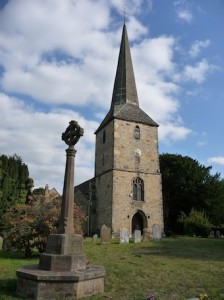
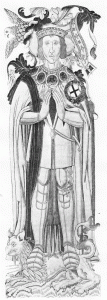
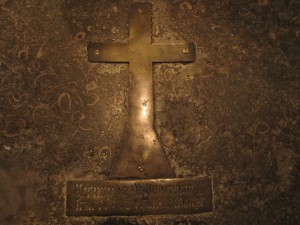
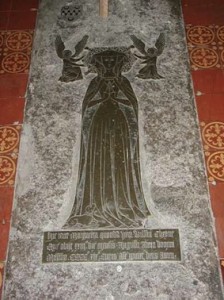







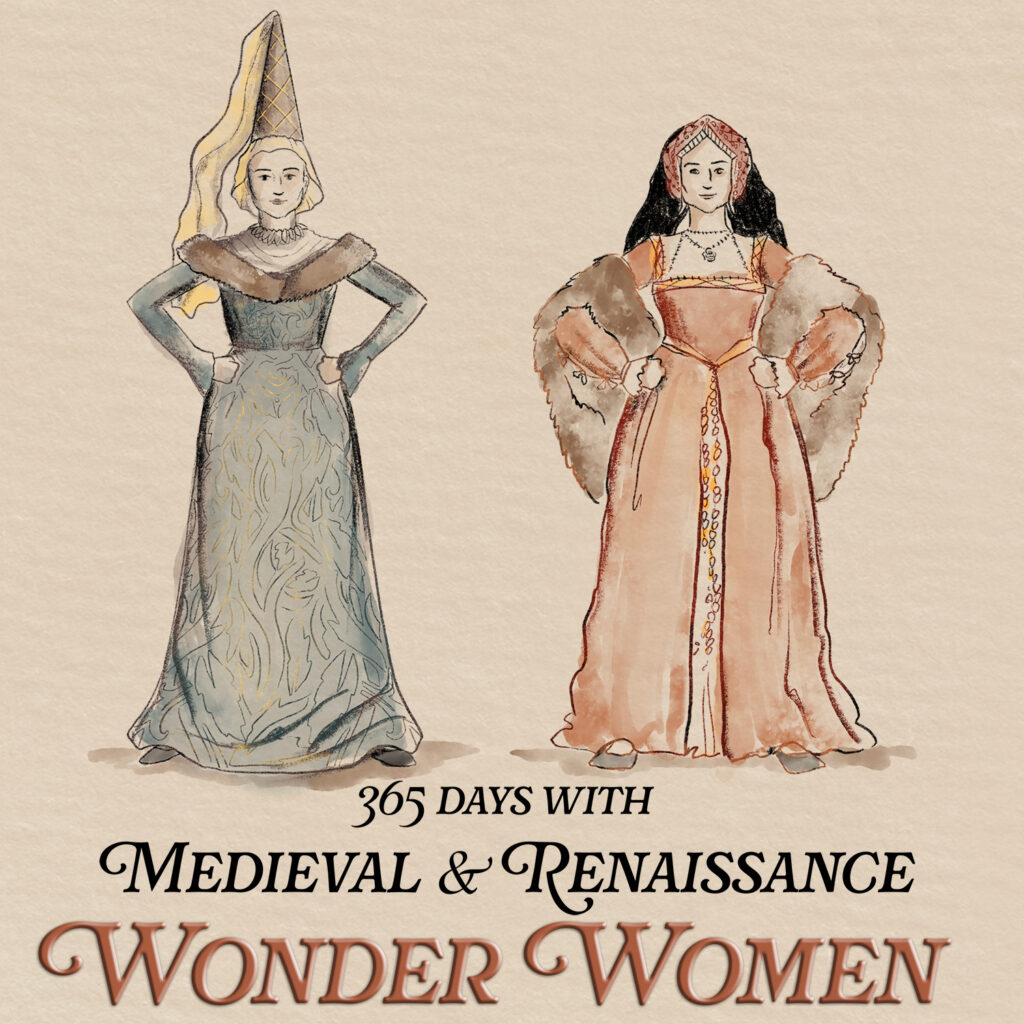

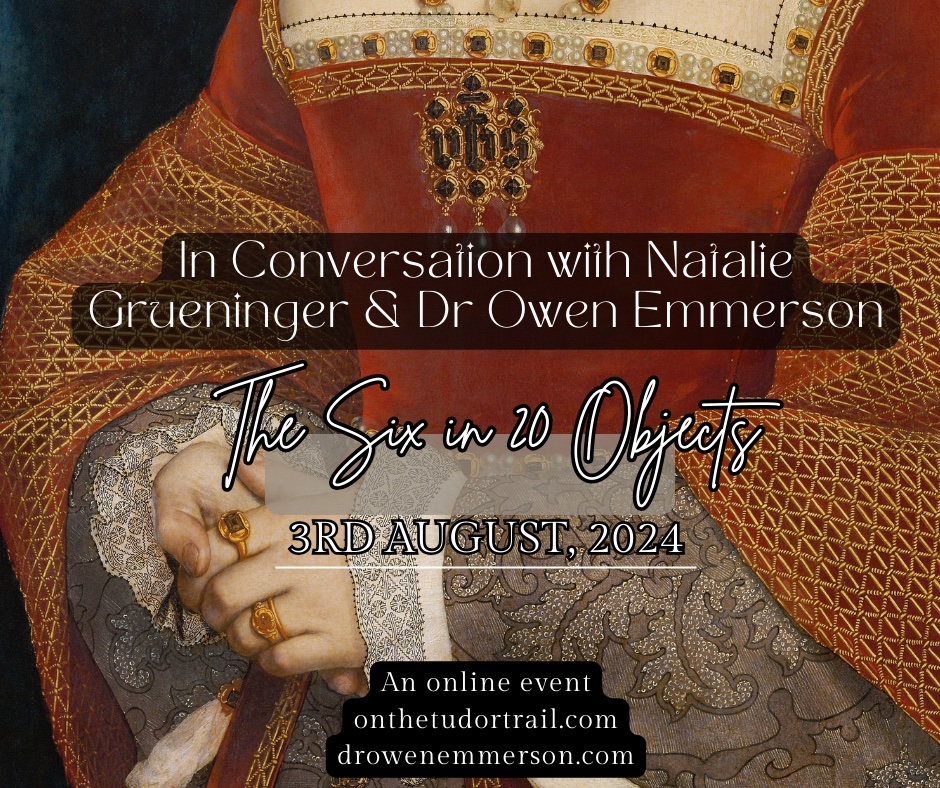
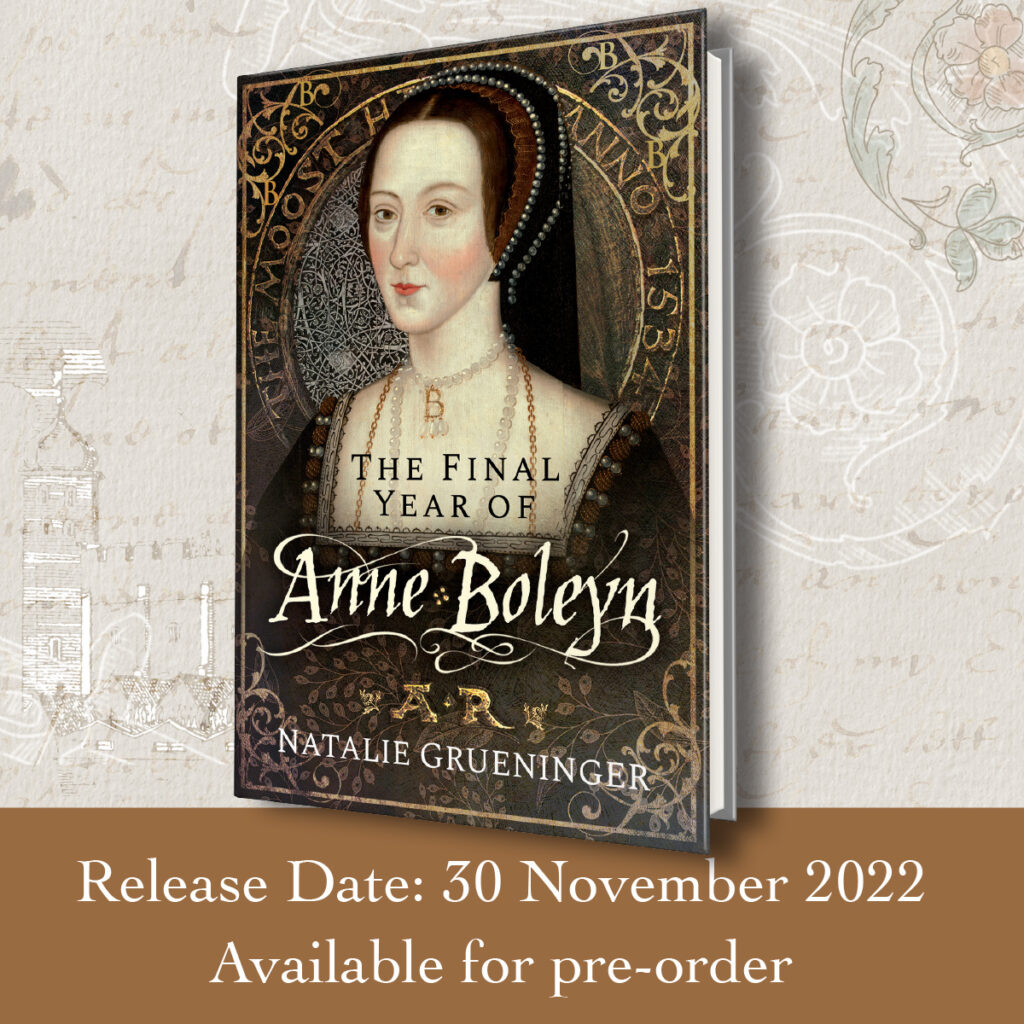





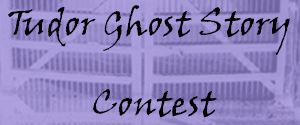

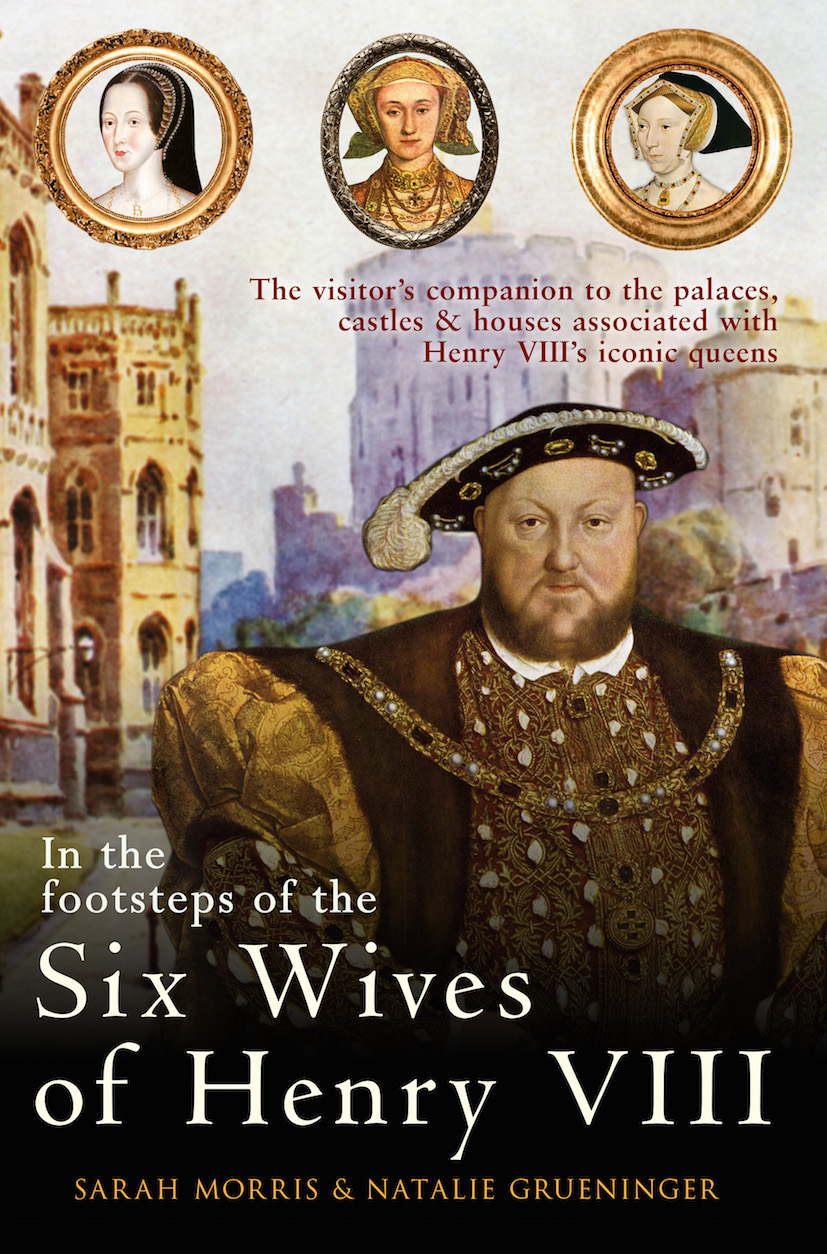
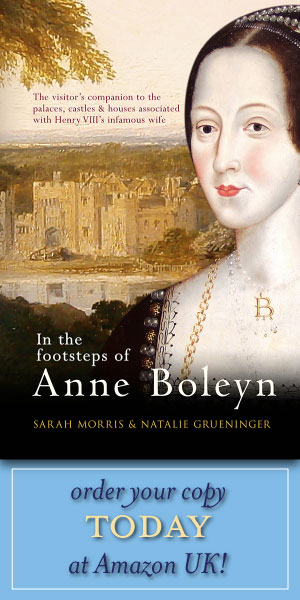


I stood outside of this church waiting for a taxi back to the train station. SO cross that I didn’t have time to pop in quickly!
wonderful village – pub Castle and gardens
love the village gardens castle and pub beautiful
I’m glad to have confirmed that the name was originally Bullen. I had a friend who was a descendant of the family, whose first name was Boleyn, who pronounced it BOWLyn, not bowLYN and insisted this was the proper pronunciation. Does anyone have further info about this?
There is another Bullen tomb at Wells Cathedral in Somerset of one Queen Anne’s ancestors who was a Precentor at the Cathedral until his death in 1472. He had a very fine tomb with an alabaster effigy and a clear inscription naming him as Thomas ‘Boleyn’ with the same spelling that was adopted by Anne Boleyn. As he was buried thirty years before Anne was born it is clear that the Boleyn spelling was used by the family long before Anne adopted this form of the name for her own use.
It is a particularly fine tomb so worth a visit by anyone interested in the Boleyn family.